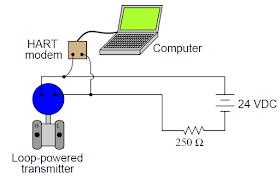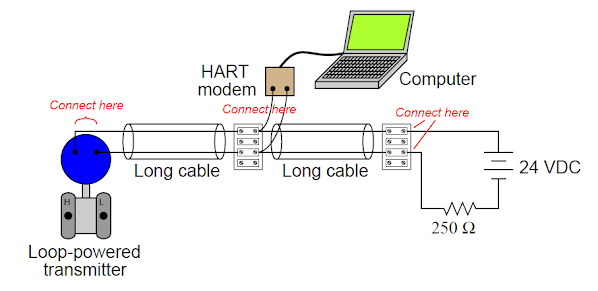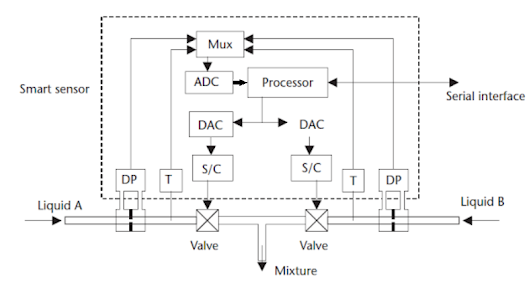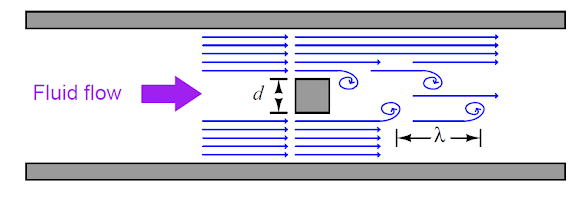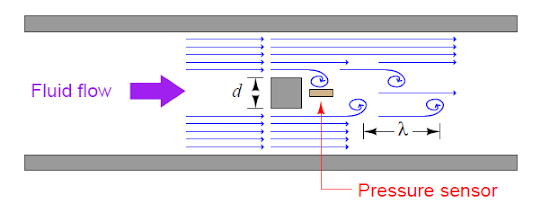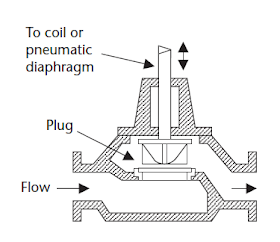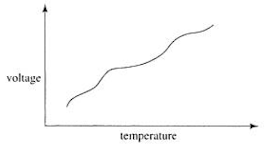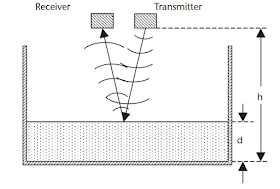HART (Highway
Addressable Remote Transducer) communication protocol is a hybrid of both the
analog and digital industrial communication open protocol. HART communicates
digital data along the loop conductors in the form of AC signals
(audio-frequency tones) superimposed on the 4-20 mA DC current signals. A modem
built in the smart transmitter translates these AC signals into binary bits and
vice versa.
By
connecting a HART communication device at any point along the two-wire cable,
any instrument technician can easily configure the transmitter. Being able to communicate digital data over
the same wire pair as the DC power and analog signal makes it possible to communicate
self-diagnostics information, alarms, status reports; multiple process
variables for example temperature, density etc. to the control
system in addition to the original analog signal representing the main process
variable. The control system can also communicate to the transmitter using the
same digital protocol for example switch between measurement range sets etc. The
only limitation of digital communication is the data rate or speed, and not the
quantity of the data being transmitted.
The use of
HART doesn’t make any changes to the normal series connected circuit configuration
of the transmitter, DC supply, and resistor. A HART enabled transmitter is
equipped with a inbuilt digital microcontroller managing its functions, and
this microcomputer is able to send and receive digital data as AC signals
(current pulses in sending mode, voltage pulses in receiving mode) superimposed
on the same two wires carrying the 4-20 mA analog signals and DC power.
Any computer
device equipped with a HART modem, the configuration software, device
description, for that particular instrument may communicate with the HART
transmitter if connected in parallel with the transmitter’s loop power
terminals.
This external computer through the use of HART data transmission, can now monitor
details of the transmitter’s operation, configure the transmitter, make changes
to its measurement ranges among other additional functions.
The HART
modem can be connected anywhere in the circuit electrically parallel to the
HART-enable transmitter’s terminals.
This flexibility
works to the advantage to the instrument technicians enabling them to connect the
HART configuration instrument at the most physical convenient location.
HART
communicators are battery powered, portable devices built specifically for
configuring HART-enabled field instruments. Like PCs they need to be updated
with DD files to be able to communicate with the latest models of HART-enabled
field instruments.
Key Features of HART communication
Protocol includes:
- Changes to field instruments ranges can be made remotely with the use of HART communicators.
- Field instruments may be programmed with identification data e.g. tag numbers, corresponding to plant-wide instrument loop documentation.
- Diagnostic data may be transmitted by the field device for example out of limit alarms, preventing maintenance alerts, self-test results etc.
- Technicians may use HART communicators to force field instruments into different manual modes for diagnostic purposes e.g. forcing a transmitter to output a fixed current so as to check calibration of other loop components, manually stroking a valve equipped with a HART capable positioner.
Merits of HART Protocol
HART
technology has allowed new features and capabilities to be added on to existing
analog signal loops without having to upgrade wiring or change all the
instruments in the loop.
Don't miss out on key updates, join our newsletter list here.
Demerits of HART Protocol
The main
disadvantage of HART data communication is the slow speed. Its bit rate of 1200 bits per second is slow
for modern standards.
